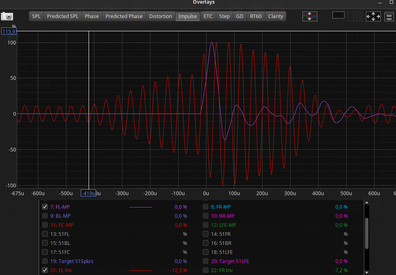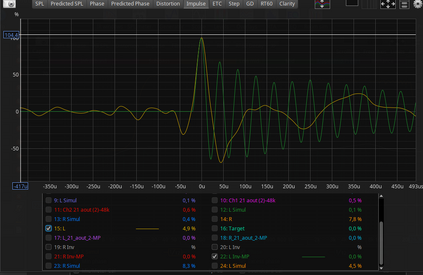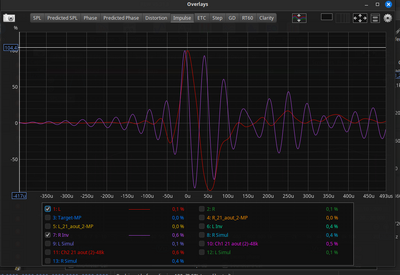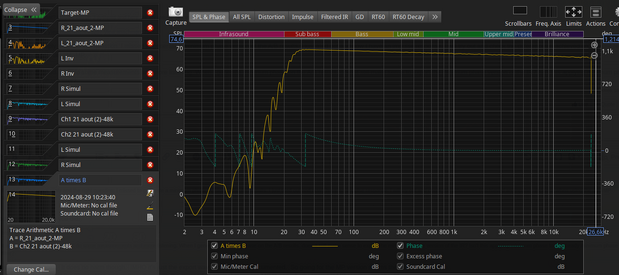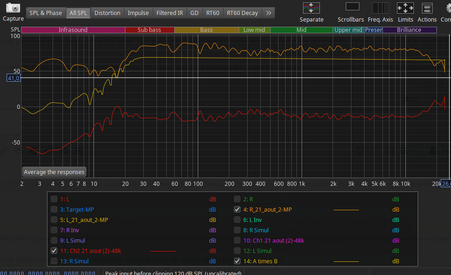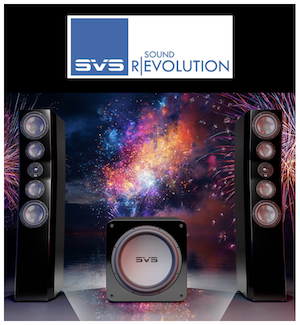linuxonly
Member
Thread Starter
- Joined
- Jul 27, 2024
- Posts
- 121
More
- Preamp, Processor or Receiver
- Logitech Z906
- DAC
- AMD FCH Azalia
- Computer Audio
- SPDIF output with alsa, pipewire, wireplumber on Fedora 40
- Streaming Equipment
- Kodi
- Front Height Speakers
- 33 in
- Middle Height Speakers
- 30 in
- Rear Height Speakers
- 57 in
- Video Display Device
- X11/VGA + X11/DVI
First, louder. I gained 9 dB using that method, What a surprise.How do your filters sound now?
Then, the stereo image is perfect. Bass response is more linear (sounds like e.g. Supertramp, School). Voice is clear, natural and well centered, Instruments sound like actually instruments and are easily spotted.
And the latency dropped so much that one can now watch videos using this filter.
From now on, I can't see how anything could be added to get it to sound better.
There is a psychoacoustic smoothing in REW. I didn't play with it yet.
Thanks a lot. That is amazing work, a piece of art!










